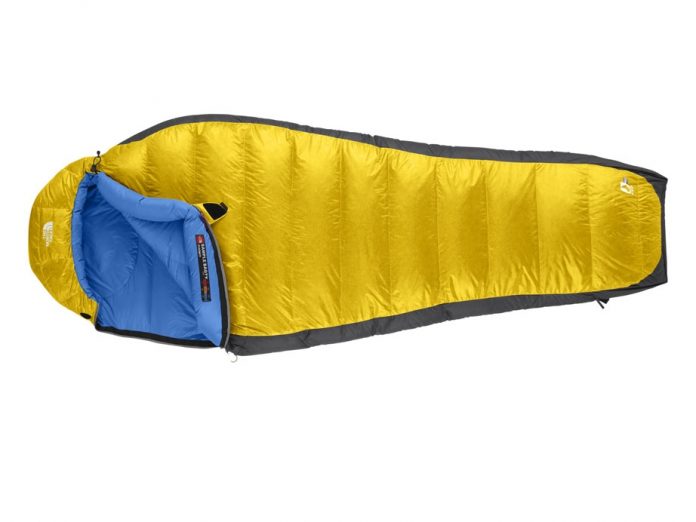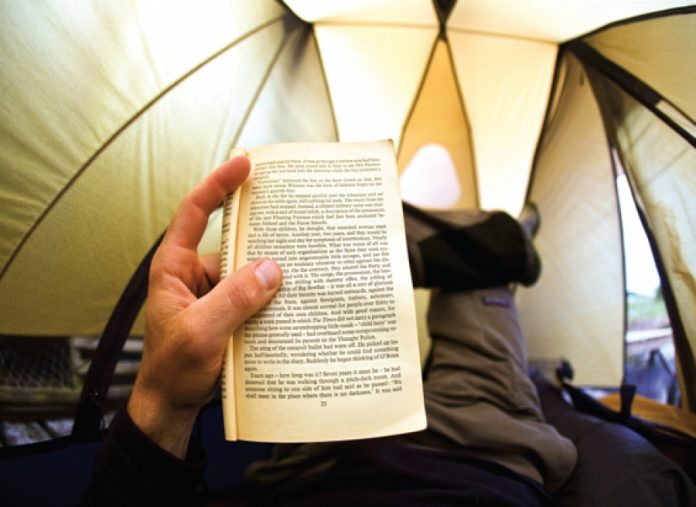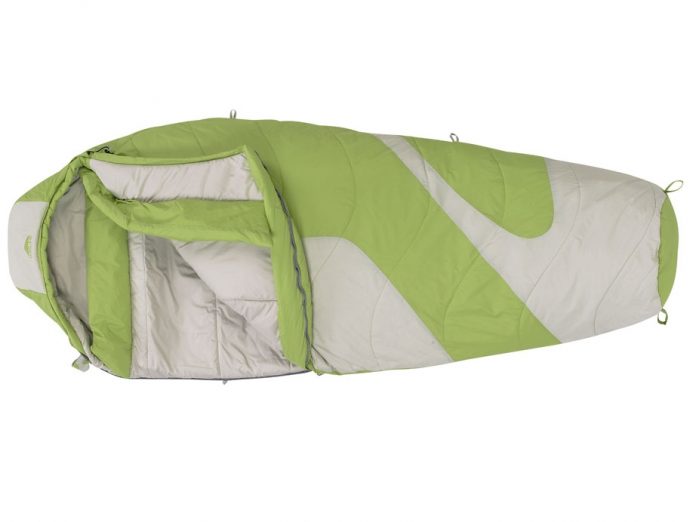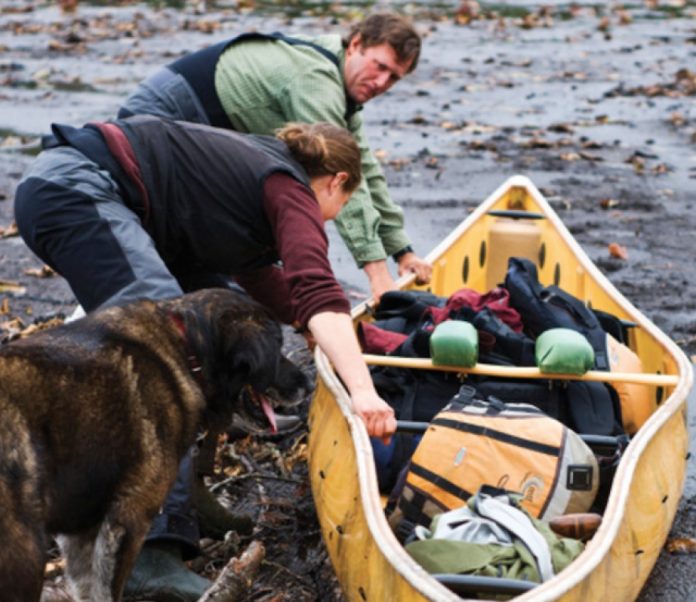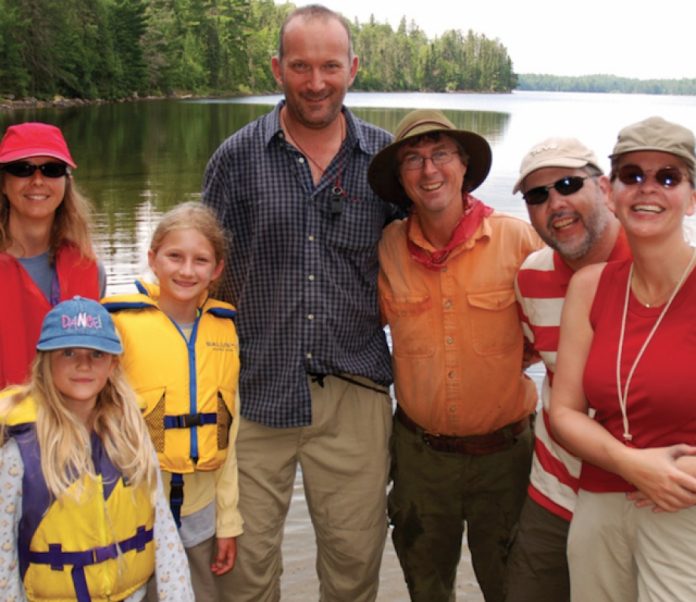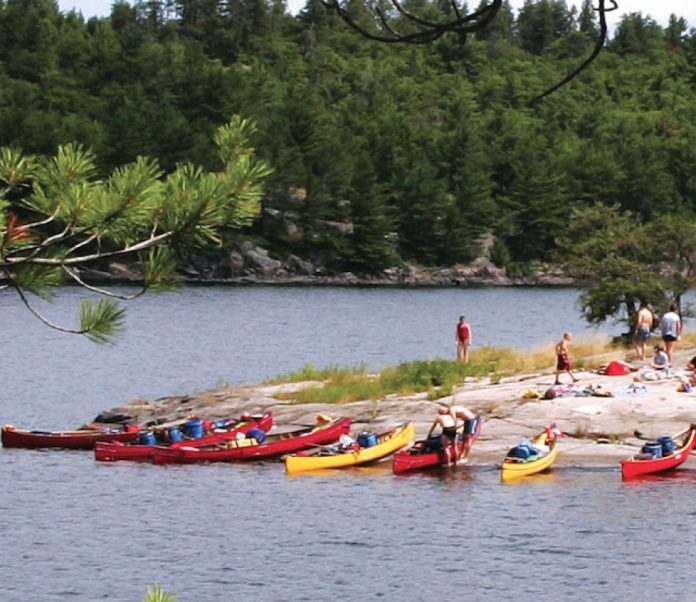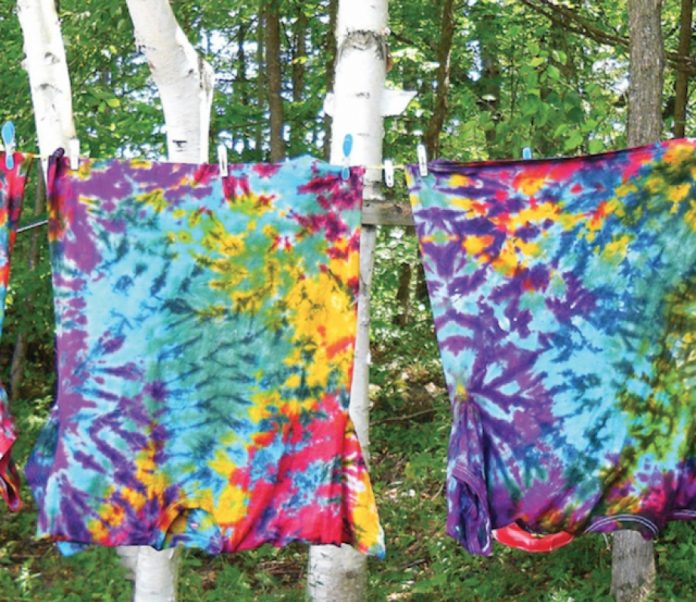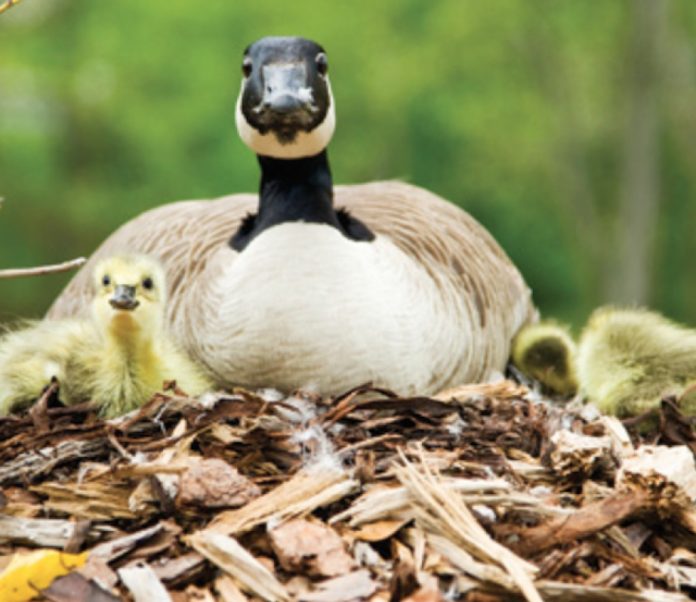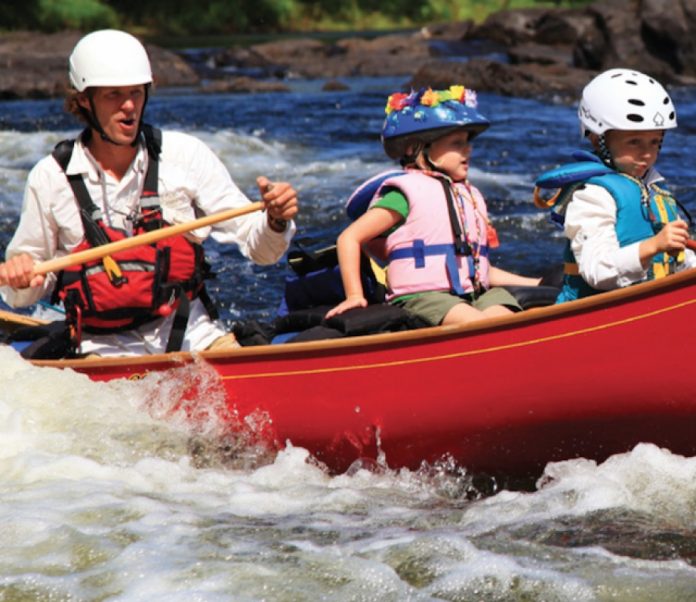After dinner one particularly harsh evening early this spring, a group of friends and I were sitting around my kitchen table, pining for warm weather, ice out and the freedom to enjoy being outside again without having to think about the cold. Surrounded by half-empty bottles of wine and dirty dishes, we started talking about what gets us through unforgiving winters. Cross training. Skiing. Climbing. I usually advocate for getting outdoors but this time I moved the conversation inside. My go-to has always been to turn to a well-written adventure story.
Authors like Jon Krakauer, Jon Muir, Bill Bryson and Henry David Thoreau were discussed around the table. Something lit up inside each of us as we shared vivid memories of devouring the tales, many of our own misadventures inspired by the fantastic chronicles we’d read. The mark of a good book is a memorable storyline. The best book, it turns out, awakens memories of exactly where you were and what you felt while you read it. My earliest recollection of just such a true-to-life adventure was the story of Don and Dana Starkell.
I remember sitting cross-legged on the carpet of my fourth-grade classroom like it was yesterday. My teacher, Mrs. Hawes, read us the harrowing story of the father and son who paddled their canoe from Winnipeg, Manitoba, to Belem, Brazil.
I can’t remember whether the other kids in my class were as captivated as I was, but I do recall my own wonder at Paddle to the Amazon. I knew that this adventure story was diff erent from The Rescuers Down Under, The Never Ending Story or The Goonies. It wasn’t that the story is about canoeing, though I’m sure the book did contribute to my love of paddling. My nine-year-old mind was rapt by the fact that the book is about actual people and places.
The notion that real people could accomplish such a feat amazed me. These weren’t cartoon characters taking on bandits, jungles, sickness and outlaws; just a blue-collar father and son from the prairies. That’s why books like Paddle to the Amazon are so important. They plant seeds in young minds, teaching them that anything is possible and, perhaps more importantly, they remind adults that beyond ambition, you don’t need to be particularly extraordinary to take on a great challenge.
This year marks the 30th anniversary of the completion of the Starkell’s two-year, 12,810-mile trip. I picked up a second-hand copy of the book a couple of months ago and dove in. Twenty years after it was first read to me, it still conjures up a mix of giddiness and awe.
Don Starkell lost his battle with cancer in January, but his stories continue to stir reader emotions. And while few will fill his shoes in the paddling community, we are fortunate that there are intrepid adventurers out there who strive to share their stories with us, seeing us through long off-seasons and captivating the imaginations of impressionable fourth graders.
Michael Mechan is always looking for books that inspire, new and old alike. Send your adventure reading list to [email protected].
This story originally appeared on page 6 of the Early Summer 2012 issue of Canoeroots & Family Camping magazine. Read the entire issue here.



